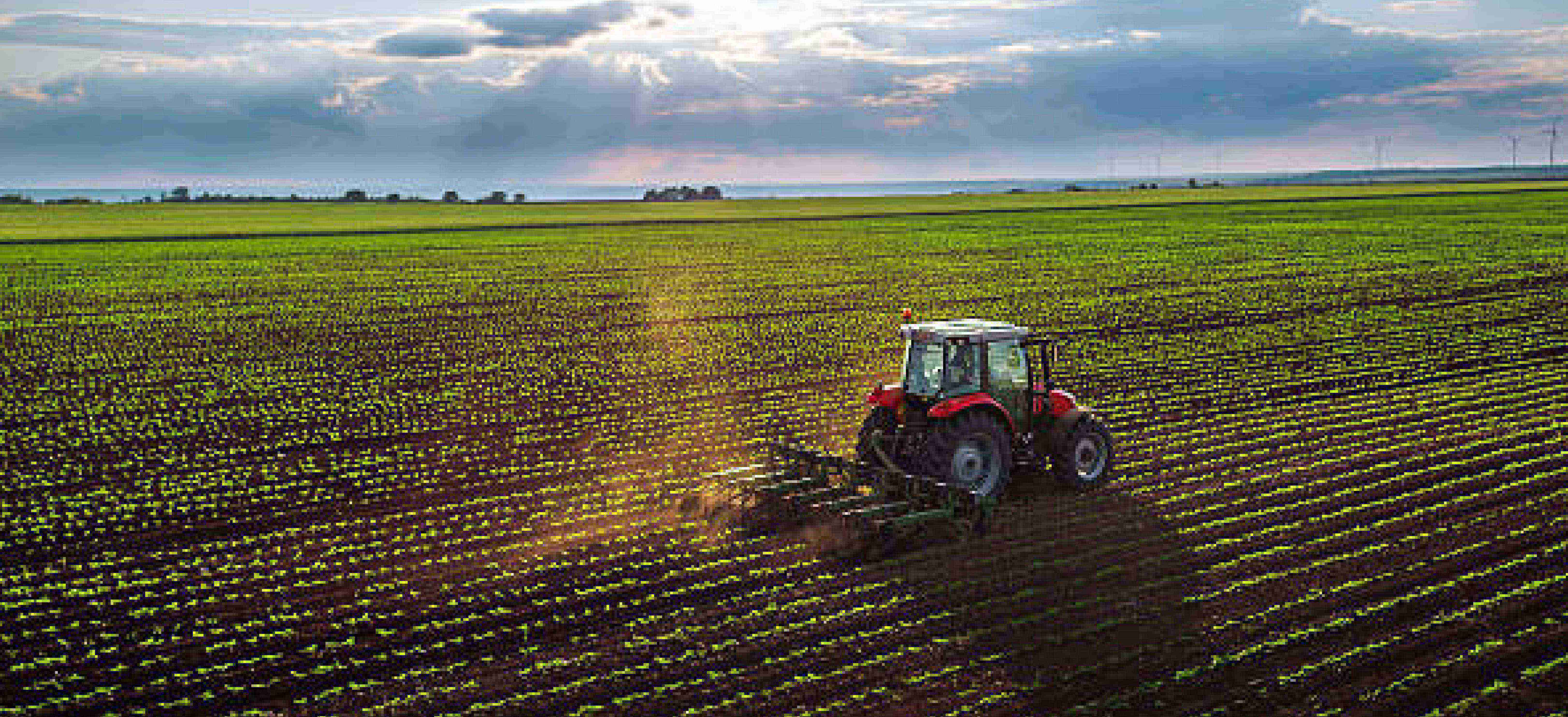Lima, MAY 4 2022 Transition from community businesses to formal agricultural companies will benefit more than 400,000 people

The agriculture and livestock sectors in the central region of Peru are mostly informal, and their productivity is not optimal, explained Elmer Huamán, independent consultant and advisor to the Ministry of Economy and Finance, during his presentation at Rumbo a PERUMIN – Consensuses for the progress of central Peru.
“This demands that we promote a transition from family/community businesses to formally established companies with production processes equipped with the latest technology,” said the official.
In his opinion, putting special emphasis on this sector will boost the economy of over 400,000 people of the 2.6 million who live in the central region of the country and, consequently, of the entire region.
Untapped agricultural potential
Additionally, he mentioned that, even though between 2000 and 2019 the annual economic growth was 3.5%, poverty declined by 4.2 percentage points, and inequality fell by 2 percentage points, “this economic growth did not meet the expectations.”
“The regions of central Peru have the privilege of being located very close to Lima, so their GDP growth rates should at least match Lima’s, but it has not been the case. Neither do they match Ica’s, although they have the potential to do so,” he affirmed.
More investment in infrastructure
He noted that to tap this potential, we first need to overcome the challenge facing the agricultural sector; we then need to revitalize the export sector and cargo transport, which has not evolved favorably, and, finally, we must consolidate the corridors and direct the investment towards projects to overcome the obstacles that the access roads to the region pose.
“There is a series of projects identified as the country’s central region’s potential engines of development for around US 15 million, the most important being the Chancay port,” he said.
Urge to strengthen export agriculture
Finally, Elmer Huamán shared a condensed proposal of what must be done in the future to boost the region’s growth.
“Here is a suggestion of what must be done: to further develop the mining cluster, bring more dynamism to the export sector, improve the agricultural sector’s productivity levels, transition from community businesses to private companies, incorporate technology into production processes, develop the manufacturing sector, and reduce informality,” remarked the specialist.







